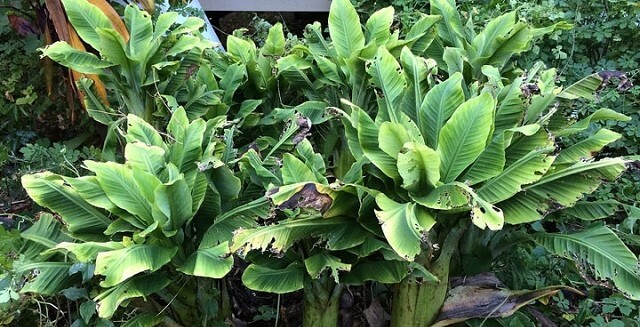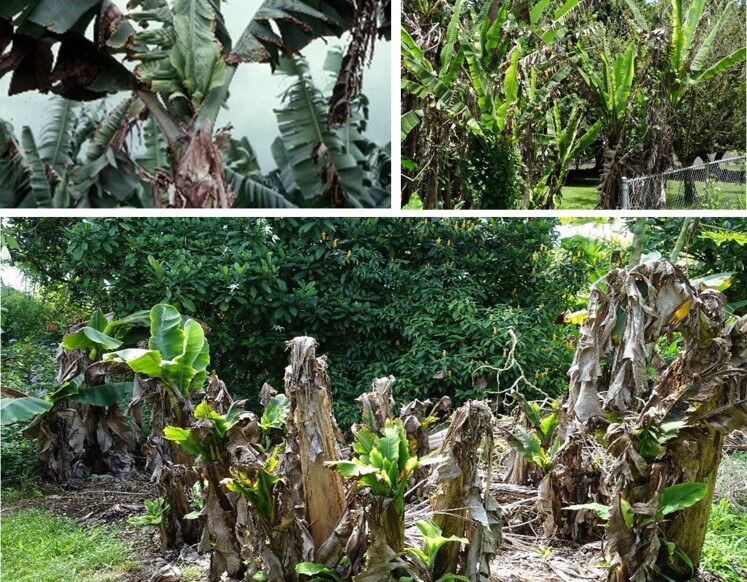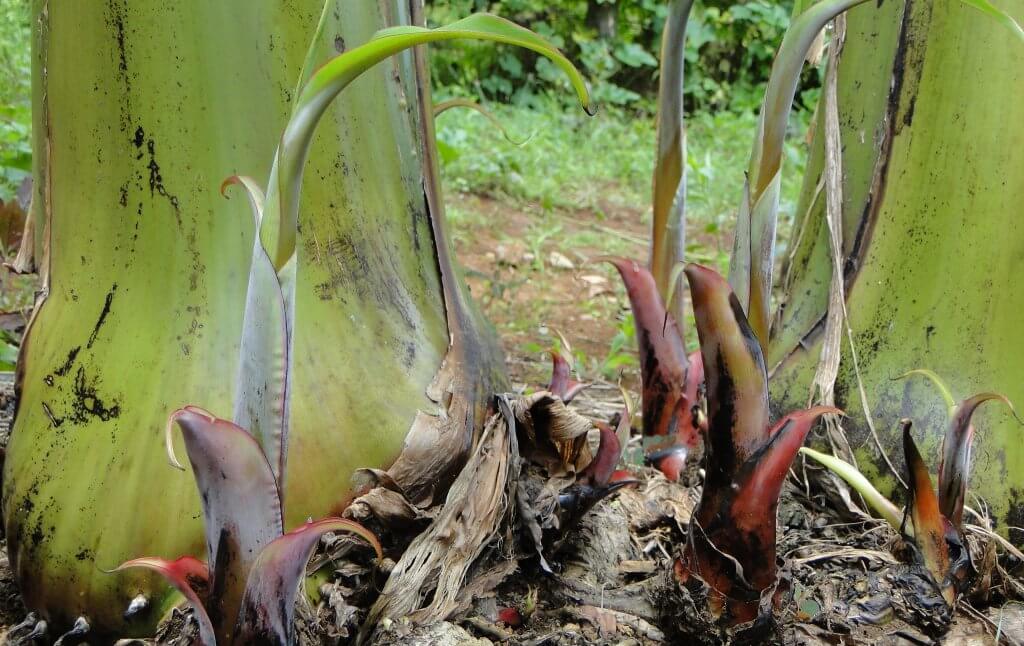Urgent call for collective regional action against crop manace, Banana Bunchy Top Virus
By Ben Moses Ilakut
When the deadly transboundary disease Banana Xanthomonas Wilt (BXW) ravaged the East African countries of Burundi, Kenya, Rwanda and Uganda in 2005 to 2010, it was only collective action by scientists from the concerned countries and the CGIAR, all coordinated by ASARECA, that brought the devastation to a halt. But before that, the disease had wreaked havoc, causing up 100% crop losses in hotspots of East Africa, leading to food crisis.
Similarly, when the Cassava Brown Streak Disease hit Kenya, Tanzania, Uganda, Burundi, Ethiopia, Malawi, Rwanda, and Sudan in the early 2000 causing loses estimated at over USD 100million, it was again collective action that saved the day. ASARECA brought together scientists from National Agricultural Research Institutes to work with IITA and CIAT to diagnose the disease and lay down strategies to halt escalation.
Dealing with transboundary diseases
Transboundary diseases such as CBS and BXW have the maximum propensity to cause significant food security and economic crises to a considerable number of neighbouring countries due to the spread of the disease, which can reach epidemic proportions. The ASARECA experience shows that dealing with such diseases often requires cooperation among several critical stakeholders to control/manage the disease.

A new disease is with us
Today, banana Production in Eastern and Central Africa is under threat again following the outbreak of banana bunchy top disease (BBTD) in Tanzania and Uganda. The disease, caused by the banana bunchy top virus (BBTV), can lead to yield losses of 70 to 90% in the first season, with subsequent seasons seeing no bananas produced. The virus is spread from plant to plant by the banana aphid (Pentalonia nigronervosa) and through infected planting material. Aphids stunt leaves, resulting in a “bunched” appearance. Generally, an infected plant does not produce fruit, although mild strains exist that allow very limited production. The infected plants degenerate in the field and eventually die due to extreme stress.

Why the virus is rapidly spreading
If not checked, this disease could spread widely because farmers are currently unfamiliar with the symptoms of the disease which is new to the region. This means the virus can attack farms and scale out before its recognised. Besides, out of ignorance, farmers who are new to the disease may mistake dwarf and stumpy shoots of the virus-infected plants for young suckers, further delaying interventions to halt the advance. These mild strains are often mistaken for malnourishment, or a disease other than BBTV.
Signs and symptoms
According to IITA, characteristic severe symptoms of BBTV include dark-green streaks of variable length in the leaf veins, midribs, and petioles. Then, the leaves become progressively shorter and develop marginal chlorosis. As the disease progresses, leaves become more upright or “bunched” at the apex of the plant. When infection takes place very late in the season, no leaf symptoms may appear, but dark-green streaks may be seen on the tips of the bracts.

Coordination needed
While the infiltration by the virus into East Africa was first reported in 2020 towards 2021, its likely impact only attracted considerable attention in 2022. By then it was already spreading from Kigoma region to other parts of Tanzania. In Uganda, the Ministry of Agriculture raised a red flag in 2020 after the disease caused havoc on banana plantations in West Nile, Rwenzori and Tooro regions. To date it has spread five sub-counties of Bwera, Isango, Karambi, Nyakiyumbu, and Kitholhu in Kasese district. The disease is suspected to have spread from the neighboring Democratic Republic of Congo (DRC) and Rwanda.
So far, IITA, supported by USAID have taken an initial step by organising a sensitisation and training workshop of researchers on detection of the disease. IITA has also put forward research expertise to diagnose BBTD-affected plants based on symptoms and using rapid, point-of-use diagnostic assays such as Recombinase Polymerase Amplification (RPA) and Loop-mediated Isothermal Amplification (LAMP), developed at IITA.
Policy direction
Efforts by IITA need to be supplemented through a coordination mechanism suitably by the sub-regional body, ASARECA. ASARECA needs development support in form of financial resources to convene and onboard all key critical stakeholders to develop a joint strategy and a comprehensive diagnostic kit to roll out a mass campaign to stop BBTD. Through ASARECA’s convening power, researchers from the NARIs should be able to develop and standardise training resources for diagnosis and detection of BBTV infection. Teams of experts in the region including multi-media and communication experts could also be brought on Board for messaging, choice of tools, channels and approaches to launch a full scale campaign against BBTV.
